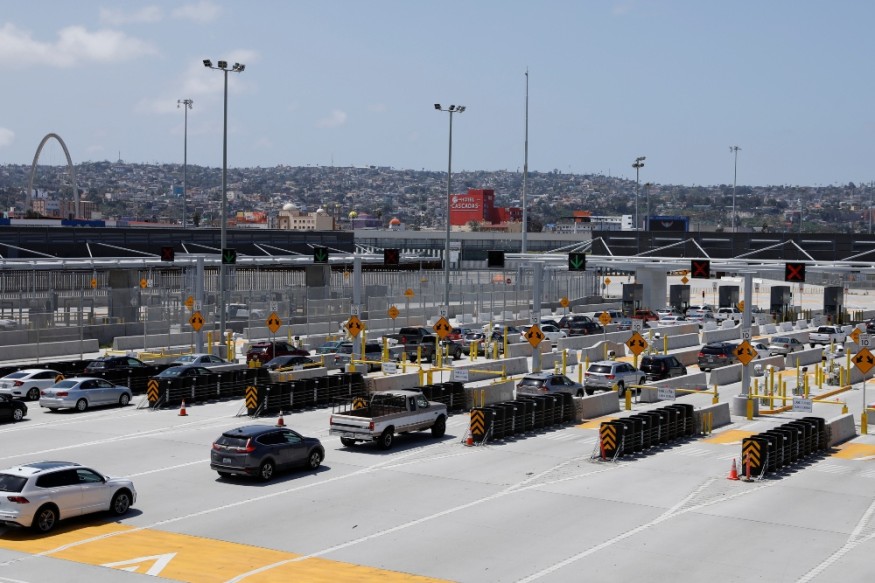Economic Refugees: A Wave of Migrants from South America

A wave of migration is expected to surge at the Southern Border of the United States due to the economic devastation brought by the global pandemic, according to a recently published article.
Economic Impact of the Global Pandemic
COVID-19 has negatively impacted almost all countries around the globe. Since the pandemic began, many employees were furloughed or laid-off from their jobs. Most businesses also decided to shut down their operation because they cannot sustain the expenses anymore.
Today, many are looking forward to have a new job as the states in the U.S. are slowly opening its economy and businesses. This also means that a surge of migrants coming from South America are expected to come in the U.S. to look for greener pasture.
Last month, Alicia Barcena, Chief of Economic Commission for Latin America and the Caribbean, said: "The effects of COVID-19 will cause the biggest recession that the region has suffered since 1914 and 1930. A sharp increase in unemployment is forecast, with negative effects on poverty and inequality."
The region has already been reported to have low growth in their economy before they were hit by the pandemic. It was also stated in the ECLA report that a drop of 5.2 percent is expected in South America because several countries were affected by their activity in China.
A Wave of Migrants from South America
A top foreign aid official of Trump's administration said that the economic devastation brought by COVID-19 may lead a wave of migration from South America to revive their looming financial and economic problems.
Additionally, USAID acting administrator John Barsa also said that the U.S. government is very concerned about the COVID-19 potential outbreak of migration from the Southern Border just to get a job in the U.S.
In an interview with him from a news outlet, he said: "If there is economic collapse in a given country, it is only natural that there will be migration flows to places where the economy is more robust."
One of the solutions that is seen by Trump's administration to somehow stop this wave of migration is to increase financial aid in the neighboring region. This has been tried in the past where the U.S. government offered $10 billion of aid and investment in Mexico and Central America in 2018.
This means that to reduce the possibility of unprecedented economic refugees either coming from the South or Northern border, the U.S. government should increase its effort in helping the countries that are facing economic challenges.
Pres. Trump Signed an Executive Order Suspending the Immigration Process Amid the Pandemic
Last month, Pres. Trump signed an executive order that mandates the temporary suspension of the immigration process in the country amid COVID-19. Trump said that this is his administration's way to protect the American citizens and to make sure that they are first in line for jobs as the country slowly reopens its economy.
This means that those who plan to migrate to the U.S. and will attempt to look for a job will have lesser chances. The U.S. has also experienced a recession. In fact, many filed unemployment status in the previous week, and the unemployment rate will peal to 25 percent according to Goldman Sachs.
Meanwhile, the suspension of the immigration process will take effect within 60 days. This includes the green card awardees who are overseas and people who would be coming in the country through State Department Program.
Subscribe to Latin Post!
Sign up for our free newsletter for the Latest coverage!
© 2025 Latin Post. All rights reserved. Do not reproduce without permission.














